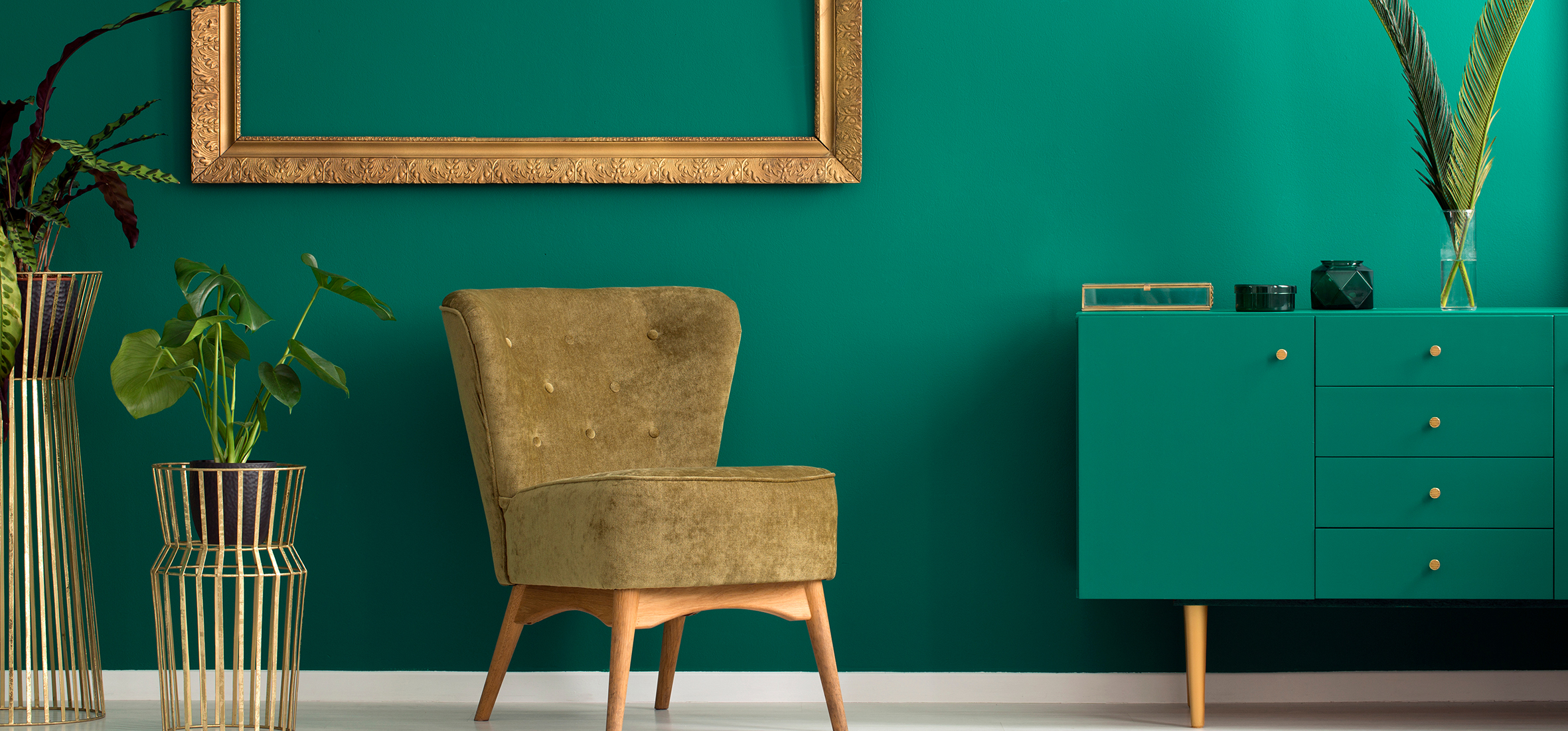The sideboard, a familiar and often overlooked piece of furniture, has long been relegated to the dining room, serving as a repository for tableware, glasses, and table linens. However, the modern sideboard is a versatile marvel that has broken free from its traditional dining-room confines to find a place in various rooms of the home. This comprehensive article delves into the multiple functions sideboards can fulfil in different settings, providing practical and aesthetic benefits that can transform spaces and improve quality of life.
Historical Overview
Originating in England during the 18th century, the sideboard was initially designed to serve a purely functional purpose, offering storage and a surface for serving food in dining spaces. As interior design evolved, so did the sideboard. Today, it is a chameleon-like piece that can seamlessly blend into a variety of interiors, serving diverse functional needs while also providing a touch of elegance or modernity.
The Dining Room: A Traditional Favourite
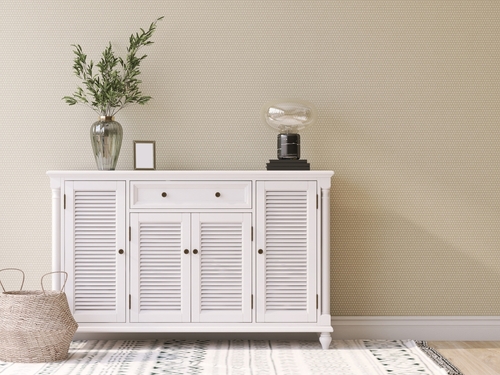
Utility
The dining room is the sideboard’s original home, where it primarily serves as additional storage for crockery, cutlery, and other dining essentials. Modern sideboards often come with built-in wine racks, adjustable shelves, and soft-close drawers, adding layers of functionality to your dining space.
Aesthetic Appeal
Matching your sideboard to your dining table and chairs can create a cohesive and sophisticated look. Whether you opt for a wooden antique piece to complement a traditional setting or a sleek, high-gloss finish for a contemporary room, the sideboard can be a focal point that adds character to your dining area.
The Living Room: Versatility at Its Best
Utility
In the living room, a sideboard can be incredibly versatile. Use it to store books, family photos, or even a collection of DVDs. With built-in cable management systems, some modern sideboards can also house entertainment systems.
Aesthetic Appeal
In addition to providing storage, a well-placed sideboard can break up space in large living rooms or serve as a statement piece. Consider using the top surface to display decorative items like vases, sculptures, or art pieces to further enrich your living room’s decor.
The Bedroom: Beyond the Wardrobe
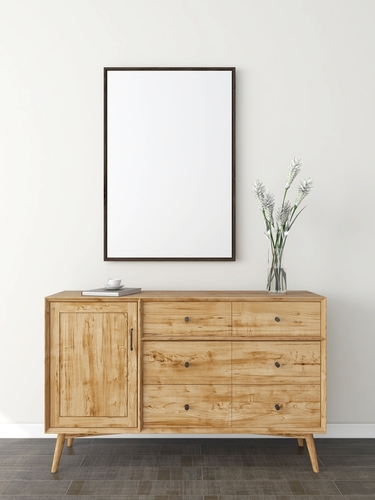
Utility
In bedrooms, the sideboard can provide supplementary storage for clothes, especially seasonal items that don’t warrant year-round wardrobe space. Additionally, a sideboard with a mirrored surface can serve as a dressing table.
Aesthetic Appeal
In a bedroom setting, a sideboard can offer a break from the typical furniture pieces, bringing in a sense of design continuity from the rest of the home. When matched with other furniture, it can contribute to a harmonious, well-coordinated space.
The Hallway: Making an Entrance
Utility
Sideboards in hallways can serve as a catch-all for keys, post, and other small items that you pick up or put down when coming or going from your home. It’s an excellent way to keep your entrance clutter-free.
Aesthetic Appeal
The sideboard can be the first piece of furniture one sees upon entering your home, setting the tone for the rest of your living space. A well-chosen, stylish sideboard can make a strong design statement, offering guests a taste of your home’s overall aesthetic right at the entrance.
The Kitchen: An Unconventional Choice
Utility
If your kitchen is spacious enough, a sideboard can provide additional storage for kitchen appliances, recipe books, or even act as a pantry for dry goods.
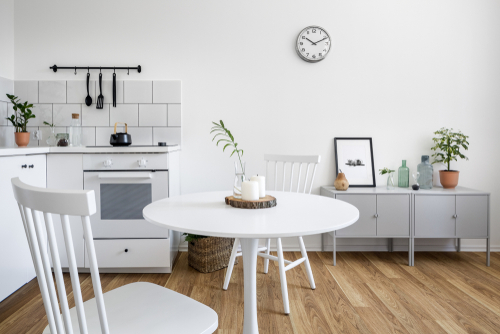
Aesthetic Appeal
A sideboard can break the monotony of built-in kitchen cabinets, offering an opportunity to introduce a different material or colour into the kitchen landscape, thereby creating visual interest.
The Home Office: A Workhorse in Disguise
Utility
With remote working becoming increasingly prevalent, a sideboard in the home office can hold office supplies, files, and even electronic equipment like printers and scanners, keeping your workspace organised.
Aesthetic Appeal
Beyond its utilitarian benefits, a sideboard can also offer a respite from the often sterile environment of a home office. A beautifully designed piece can uplift the mood and contribute to a more inspiring work setting.
Concluding Thoughts: Reimagining the Sideboard in the 21st Century
The modern sideboard is more than a dining room staple; it’s a versatile piece that can find utility in almost any room in the home. From providing essential storage to acting as a canvas for displaying art and accessories, the sideboard is a multi-functional wonder that merits a place in contemporary homes.
The sideboard’s journey from the dining room to practically every other space in the home underscores its ability to adapt and evolve. This incredible versatility allows it to meet a wide range of functional demands while still offering the opportunity to contribute aesthetically to a room’s design. In essence, the sideboard is a prime example of how furniture can transcend its traditional roles, adapting to the fluidity of modern living and the diverse needs that come with it.
It’s not merely about filling a space but about optimising it, creating environments that are both functional and pleasing to the eye. The sideboard, therefore, becomes more than just a piece of furniture; it serves as a cornerstone that balances the varying demands of modern life. Whether you require additional storage, a display surface, or a decorative focal point, a well-chosen sideboard can fulfil these needs without compromising on style or elegance.
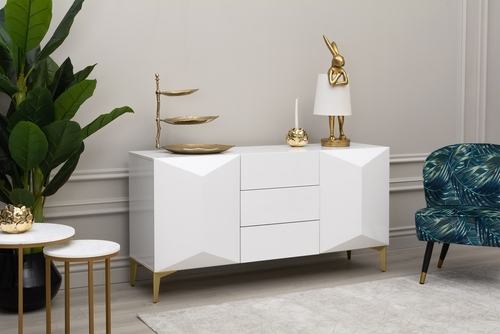
Investing in a quality sideboard can be a wise long-term decision, offering enduring value that extends beyond fleeting design trends. Its lasting appeal lies in its ability to offer a unique blend of practicality and aesthetics, a rare attribute in today’s crowded furniture market. The multipurpose nature of the sideboard also makes it a sustainable choice for those looking to make the most out of their furniture, rather than continually buying new pieces to suit different needs.
As we navigate the complexities of modern living, where space is often at a premium and our needs continually change, the sideboard stands as a testament to versatile design and enduring functionality. It reminds us that the most effective furniture pieces are those that can adapt, just as we do, to the ever-changing landscapes of our lives.
Whether you’re furnishing a new home, renovating an existing space, or simply looking to solve a specific functional challenge, don’t overlook the humble sideboard. Its myriad utilities across various rooms could very well make it the unsung hero of your domestic landscape, elegantly proving that form and function can coexist in a singular, exceptional piece of furniture.

